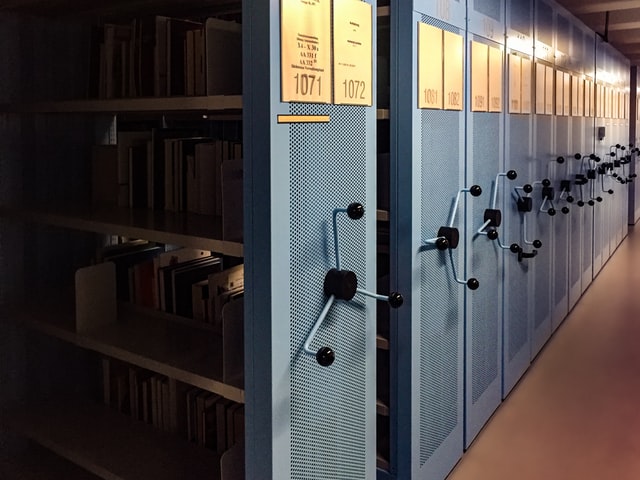The idea of this seminar is to bring together local and international experts in the field of partial differential equations (PDE) and related fields. In the talks we want to cover various aspects of PDE and their applications, including modeling, mathematical analysis and numerics. Our goal is to increase the visibility of work that is being done in the field of PDE across the different groups at DIAM and to serve as a meeting platform within the department.
The seminar takes place on Thursdays at 4pm.
No results matching your search query were found.
